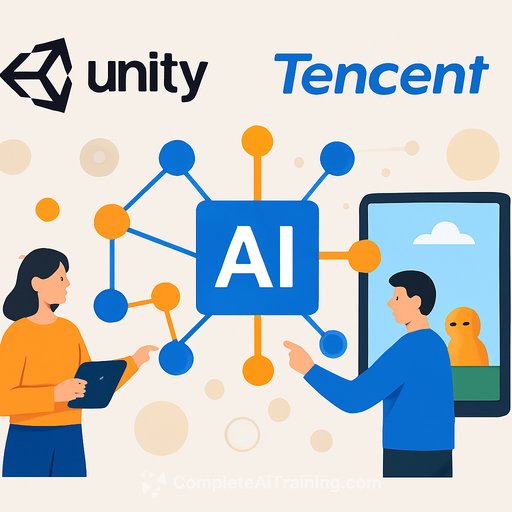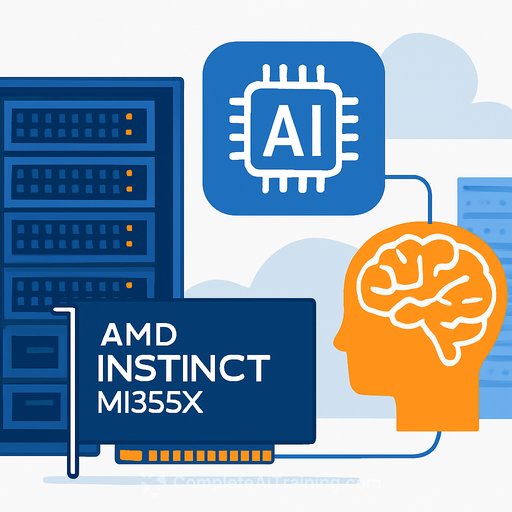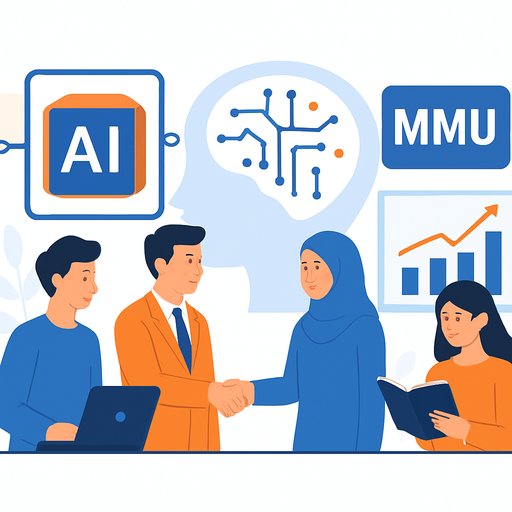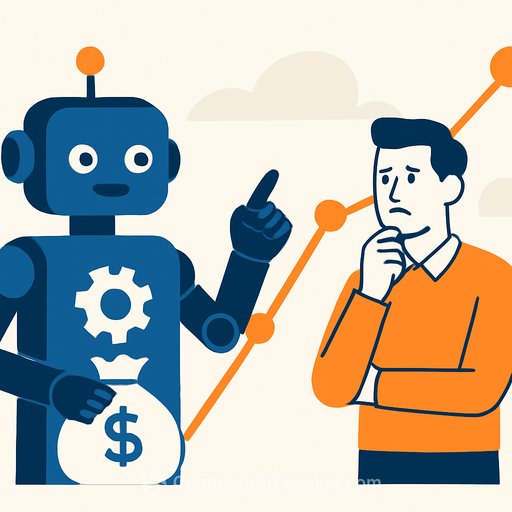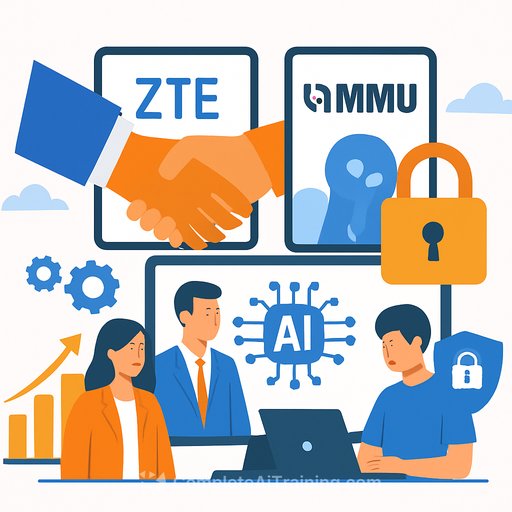Unity China teams up with Tencent to speed up AI-driven game development and push mini-games
Unity China announced a partnership with Tencent at the Unite developer conference in Shanghai. The goal: compress production time, lower costs, and bring AI deeper into the game pipeline.
Unity already sits at the core of China's hit titles-think Honor of Kings and Genshin Impact. This move doubles down on that footprint with tech aimed at faster iteration and broader distribution.
Tuanjie engine levels up
The China-specific Tuanjie engine has passed 500,000 downloads and just shipped a substantial update. Highlights include improved core rendering, cross-platform deployment, and integrated AI features.
For teams working across mobile, PC, and mini-game ecosystems, that means fewer custom builds and fewer handoffs. It's a push toward shipping more with smaller teams.
AI Graph: AI in the production lane
Unity China and Tencent's Huanyuan introduced AI Graph, a platform that weaves AI directly into the production workflow. Unity claims it can shrink tasks "from several days/months to several minutes."
Expect this to target the time sinks: asset prep, scene setup, content iteration, and QA loops. The value isn't just generation; it's orchestration-keeping AI outputs in sync with version control, builds, and live operations.
Mini-games: new support for a fast-growing market
The companies also announced a program focused on optimizing and distributing mini-games. This comes as the mini-game market in China hits 60 billion yuan (about US$6.52 billion) in revenue, with 99.2 percent annual growth.
If you're building mini-games, the combination of performance tuning, distribution pipelines, and AI-assisted production could compress go-to-market timelines.
What this means for dev teams
- Faster prototyping: AI Graph can reduce iteration cycles on content and mechanics, so you can test more ideas without ballooning scope.
- Lean pipelines: Tuanjie's cross-platform push helps cut duplicate work for mobile and mini-games, especially for teams shipping frequent updates.
- Cost control: If the time claims hold, smaller teams can hit milestones that previously required more headcount.
- Skill shifts: Prompting, data preparation, and pipeline automation become core skills alongside engine expertise.
- Risk to watch: Vendor lock-in, quality variance in AI outputs, and compliance for distribution-plan mitigations early.
Practical next steps
- Audit your pipeline for tasks that fit "days to minutes" automation (asset tagging, LODs, localization drafts, test case generation).
- Set up a small spike team to trial AI Graph on a live or prototype branch with tight metrics (time saved, defects introduced, rework).
- Standardize data formats and naming so AI tools can plug in cleanly and produce consistent outputs.
- Define guardrails: human review steps, style guides, and rollback paths for AI-driven changes.
- If mini-games are on your roadmap, map the new support program to your distribution strategy and build targets.
Context and resources
For background on the companies involved, see Unity and Tencent. If your team is skilling up on AI workflows, explore focused training for engineers and tech leads via AI certification for coding.
Your membership also unlocks:

